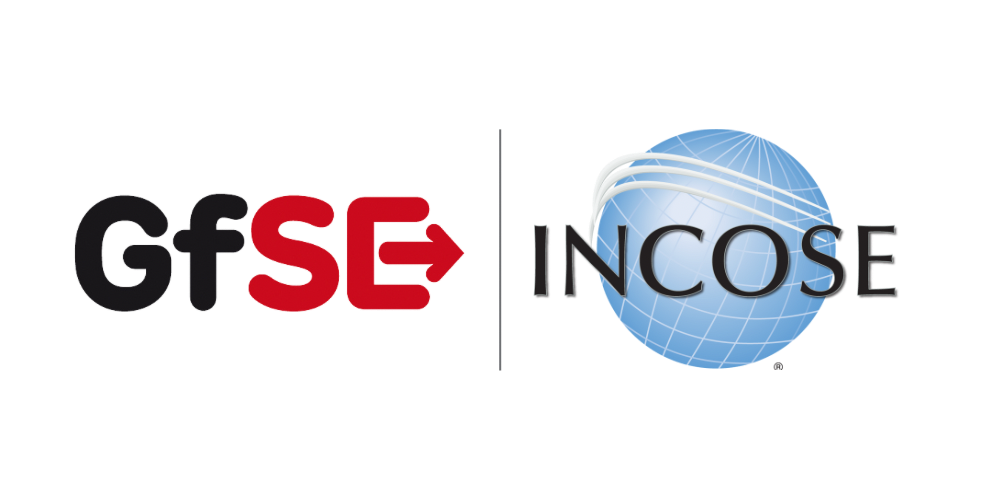Documentation Concept
The documentation of SAF is needs to support different use cases of different personae.
We distinguish SAF Users and SAF Developers.
- the User Documentation is intended for SAF Users.
- this Developer Documentation is intedend for SAF Developers. This includes anyone intending to extend or customize SAF, or just wants to know how SAF is developed or what are the building blocks of SAF.
Use Cases
The following use cases have been identified for the SAF Documentation
SAF Users::MBSE Approach Planner
During, e.g. authoring of a SEMP for a system in a certain project context the MBSE Approach Planner wants to know:
- which viewpoints are relevant for the systems engineering effort
- how will we use the viewpoints and what is the benefit
- which viewpoints will we need additionally
- what do we potentially lose if we omit viewpoints
- what is the recommended workflow through the viewpoints1
Those questions need an answer in order to plan the MBSE approach. Every project is different, and the focus of modeling should be set accordingly. One needs to know where in the Lifecycle, and for which processes activities (refering to ISO15288) the viewpoints will provide a benefit.
Most of the questions are supported by the following “steckbrief” characteristics of the viewpoint description.
- Purpose (motivation and selling point of VP)
- Applicability (where in the life cyle, which iso process, chapter in SE Handbook, usage in Reviews)
- Stakeholders (Architecture Framework Stakeholders having a rationale founded concern)
- Concerns (Rationale founded concerns )
- Dependencies to other VP
- hard dependencies (required vp is needed, otherwise this vp cant be filled)
- soft dependencies (recommended vp supports this vp but could be omitted without breaking things)
The related concerns are laid out in the Stakeholder Documentation
SAF Users::System Model User
The user of a system model (author or reader) wants to know:
- how do i read a viewpoint
- how do i create/fill a viewpoint
- what is the order to fill viewpoints
- what diagrams and model elements do i use
- what is the minimum content of the viewpoint
- what is the recommended workflow through the viewpoints1
This is supported by the following “steckbrief” characteristics of the viewpoint description.
- Iconic Primary Example
- showing key concepts of the VP, recognizing fullfilment of concerns
- one for each presentation
- further Examples (showing variations of usage, together with explanations)
- Presentations (alternate forms how the VP is presented, e.g. Diagram and Table)
- Dependencies to other VP
- hard dependencies (required vp is needed, otherwise this vp cant be filled)
- soft dependencies (recommended vp supports this vp but could be omitted without breaking things)
- Used stereotypes (List of stereotypes to be used in the VP)
The related concerns are laid out in the Stakeholder Documentation
SAF Developers::SAF Developer
The SAF developer wants to know:
- how can i extend the framework by new viewpoints ?
- what is needed for a viewpoint specification ?
- how can i use the SAF Documentation as a base for my company MBSE framework ? Those questions arise within the development of SAF by the working group and also by third parties when they want to contribute to the framework.
The development documentation aims to answer those questions. See next chapter.
The related concerns are laid out in the Stakeholder Documentation
